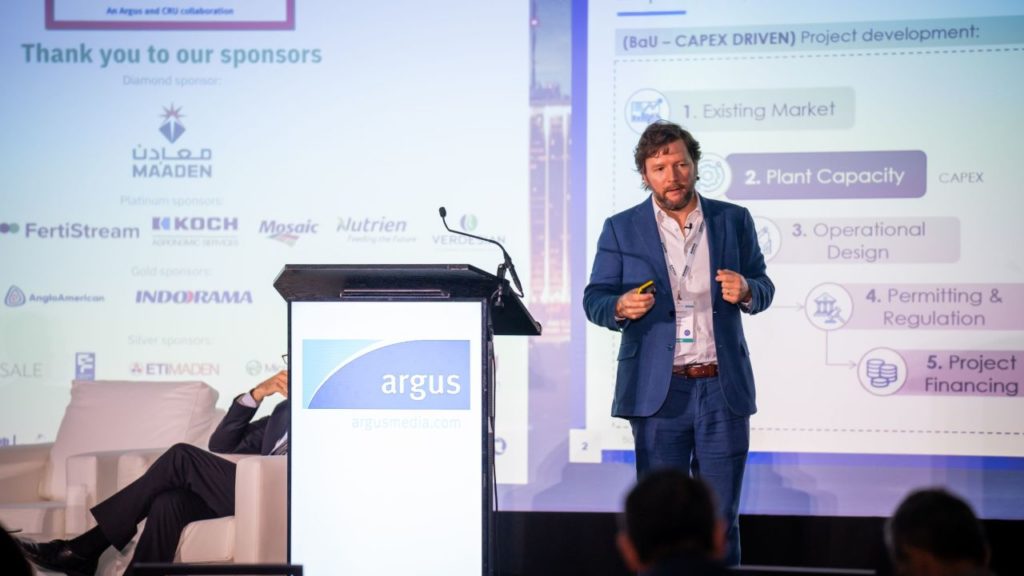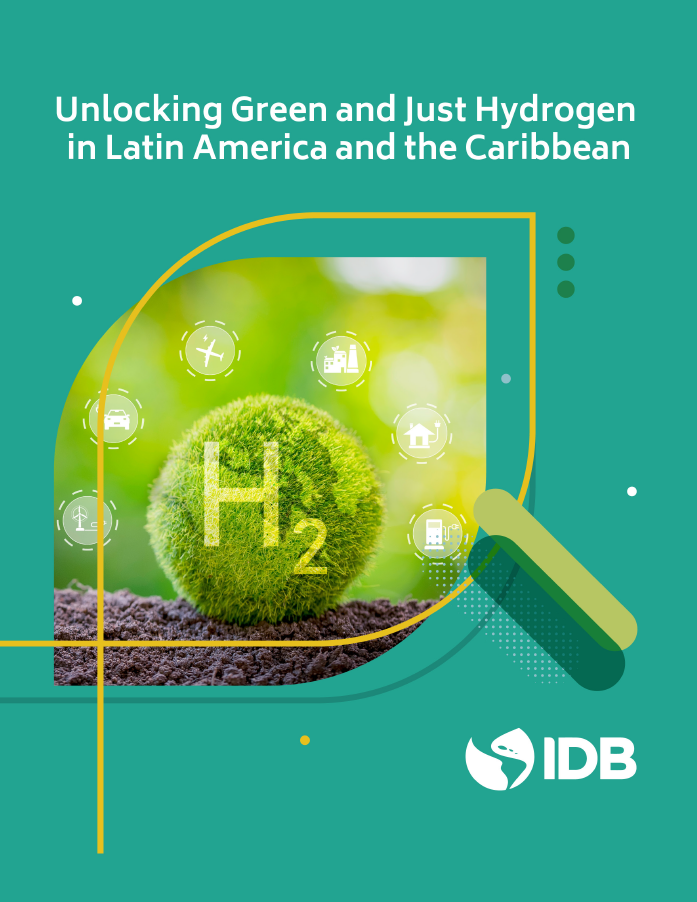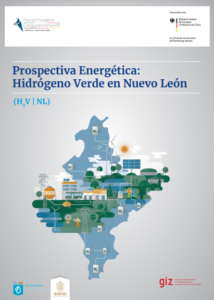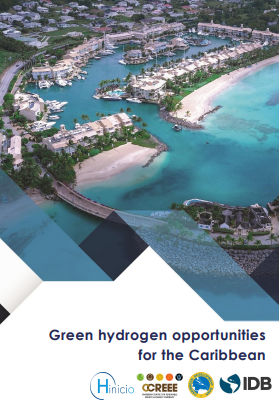Ammonia (NH₃), a chemical compound composed of nitrogen and hydrogen, is widely used in the production of fertilizers and other chemicals. Currently, approximately 70% of ammonia (derived from natural gas) is utilized in fertilizer production, contributing significantly to greenhouse gas emissions. Given that this industry is responsible for approximately 1% to 2% of global carbon emissions, ammonia synthesized with hydrogen from renewable sources, has the potential to address these sustainability issues and serve as a solution for decarbonizing the sector.
From 5-7 February in Miami, Florida, Fertilizer Latino Americano 2024, the event that brings together industry professionals from Latin America and around the world, opened a forum for the first time, focusing on sustainability and the decarbonization of the industry. What findings could be drawn from this event, and where is the industry heading in terms of sustainability and renewable ammonia?

Fertilizer Latino Americano Conference 2024 – Source: Fertilizer Latino Americano
Hinicio shares a series of conclusions, highlighting the contribution of Luis Miguel Diazgranados, Hinicio’s Country Manager in Colombia; he co-led a presentation and participated in a panel discussion focused on the potential of renewable ammonia in the Latin American fertilizer market.
Insights from Fertilizer Latino Americano 2024:
- While sustainability discussions are actively taking place within the fertilizer industry, it is important to acknowledge that achieving full decarbonization is currently a distant objective. Ongoing efforts, innovative technologies, and collaborative initiatives are crucial to a more sustainable future for the fertilizer sector.
- Although renewable ammonia currently represents a modest share of the fertilizer market, its potential significance is underscored by the prevailing limited awareness and interest among the public.
- The ascent of renewable ammonia within the industry is poised for substantial growth in the medium to long term, with an anticipated timeframe spanning the next 10 to 15 years.
While the adoption of renewable ammonia in the fertilizer sector is currently in its early stages, it is anticipated that, in the future, following global goals for reducing greenhouse gas emissions, it will not only become a significant market within the fertilizer industry but will also create new demand in other sectors. This includes its use as an energy carrier and in the decarbonization of the maritime sector.
Contact us if you need assistance with your Power-to-Ammonia projects and want to learn more about how renewable ammonia has the potential to contribute significantly to the decarbonization of the fertilizer industry and energy systems.







